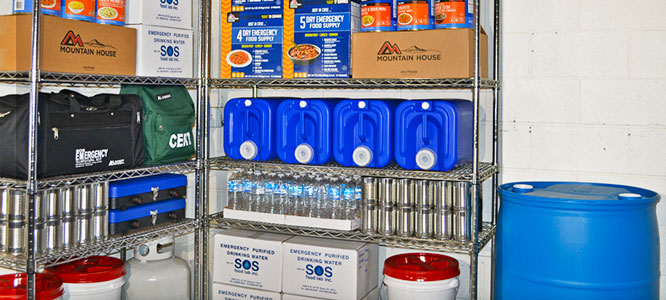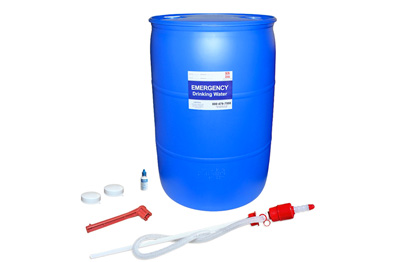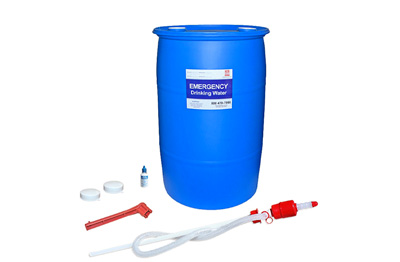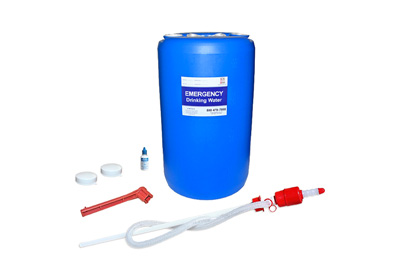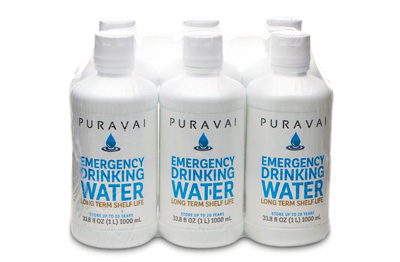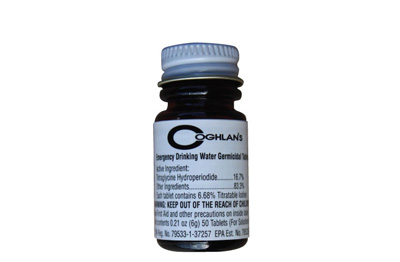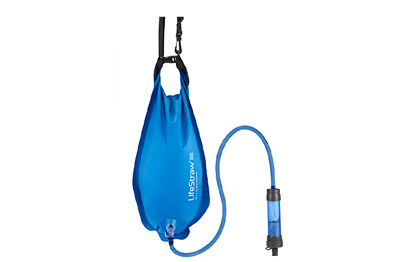|
t
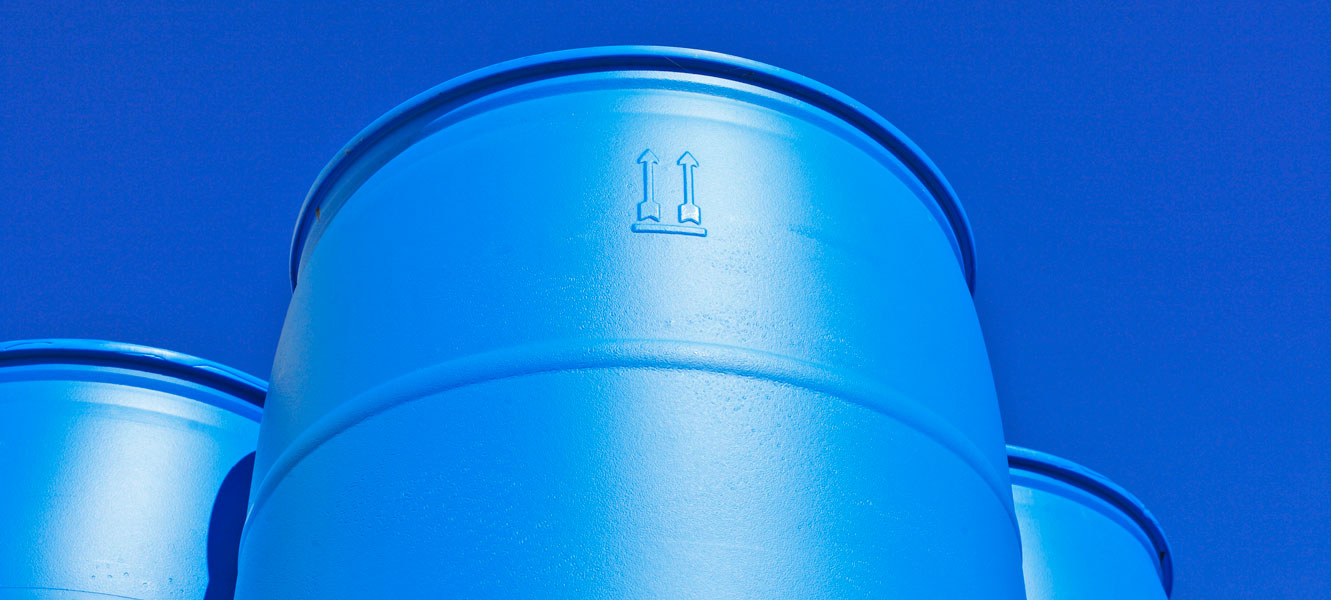
Water Storage And PurificationWednesday, November 24, 2021 No matter where you live, it’s important that you have a supply of safe and clean water on hand during emergencies. This means you'll need more than a water bottle. If a natural disaster, such as a hurricane, tornado, or earthquake hits, you may find that your area's water supply is reduced or even contaminated. While you can go with a limited amount of food for extended periods of time, clean drinking water is a daily necessity. The average person requires about a gallon of drinking water a day for drinking and cleaning, although pregnant women and individuals living in warmer climates may need more. Experts recommend that you keep two weeks of water on hand, and some urge individuals to store up to a month's supply of water if possible. Tips For Storing Safe and Clean WaterFor small scale disasters, bottled water can be enough to sustain you for short periods of time. But for longer-lasting disaster situations when you don't have access to tap water, you'll need stored water. The goal of water storage is to ensure that you have a sufficient amount of clean water on hand, so it's important to store and maintain your reserves properly. One of the most important parts of water storage is using an appropriate container. The most important thing is to start with a clean container. You'll want to keep water in containers that are clean, can be sealed, and have not been used to store chemicals or other toxic liquids. While you can fill up a number of food grade plastic jugs, containers that hold five gallons and barrels that hold anywhere from 15 to 55 gallons of liquid are available and can make storing and maintaining your supply easier. Water containers should be cleaned before use, first with hot soapy water and then with a mixture of one tablespoon of chlorine bleach per gallon of water, and it’s important to rinse the water storage container thoroughly afterwards. For large containers, you can put in chlorinated water and shake the jug for 30 seconds instead of filling it and emptying it. Water jugs should be labeled as clean drinking water along with the storage date, and they should be kept out of direct sunlight and away from areas where toxic chemicals are stored. Water has an indefinite shelf life, but a number of experts recommend that you replace your water supply every six to 12 months to ensure that there are no bacteria or viruses present in storage containers. However, if you use water preserver drops, you can safely store water for up to five years without replacing your existing supply. Cleaning and Filtering WaterIf you discover that you don’t have enough water in storage or that you want additional water on hand, there are simple ways to make even contaminated water potable and safe. You'll need a type of water purification system or additive like chlorine dioxide for water purification (though remember to only use chemicals in safe moderation). Most people don't have a working reverse osmosis system available during a disaster, luckily there are other methods. One popular water treatment is tablets. A water purification tablet or a taste and germ neutralizer tablet can eliminate harmful bacteria as well as get rid of bad taste and odors from water. Boiling water is another way to purify water; since it works as a type of disinfection, it may eliminate many organisms, although it may not kill all bacteria and will not always improve the taste. When the water available to you is cloudy or has visible particles in it, you can filter it using a water filtration system before you use purification and taste tablets. A water filter can be a paper towel or coffee filter, but of course water filters are more effective. There are a variety of water filters available, including mini filters that fit in your hand and squeeze filters. Emergency Water SourcesAn additional water source can come from just about any location. You might think of using swimming pool water, but it's usually best to start in your home for higher water quality. The water in your hot water tank and pipes can be used, but before accessing these supplies, you should shut off the incoming water valve to keep contaminated water from coming into your home unless you intend to clean and filter this water before use. If there is any question about the condition of the water you’re going to use, be sure to clean and purify it first. The important thing is that you only consume safe water. To learn more, contact us at SOS Survival Products. |


